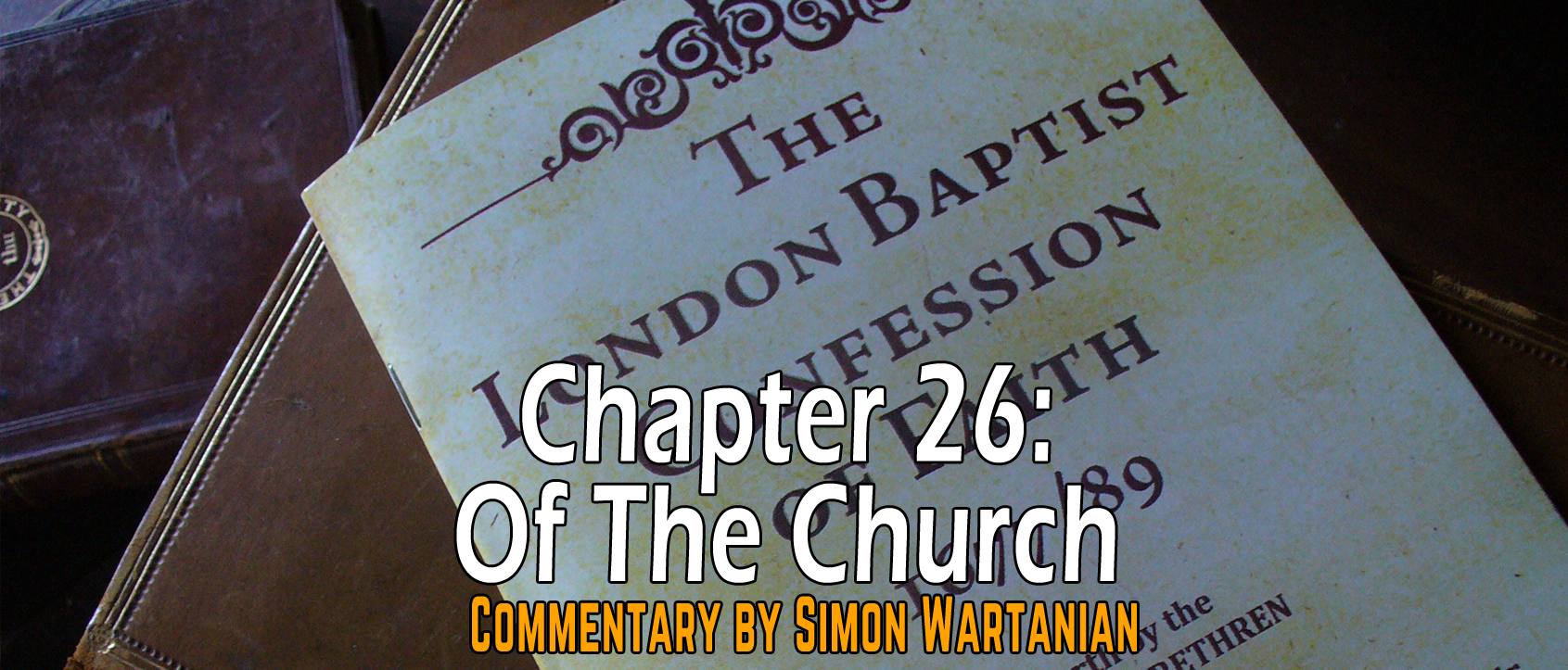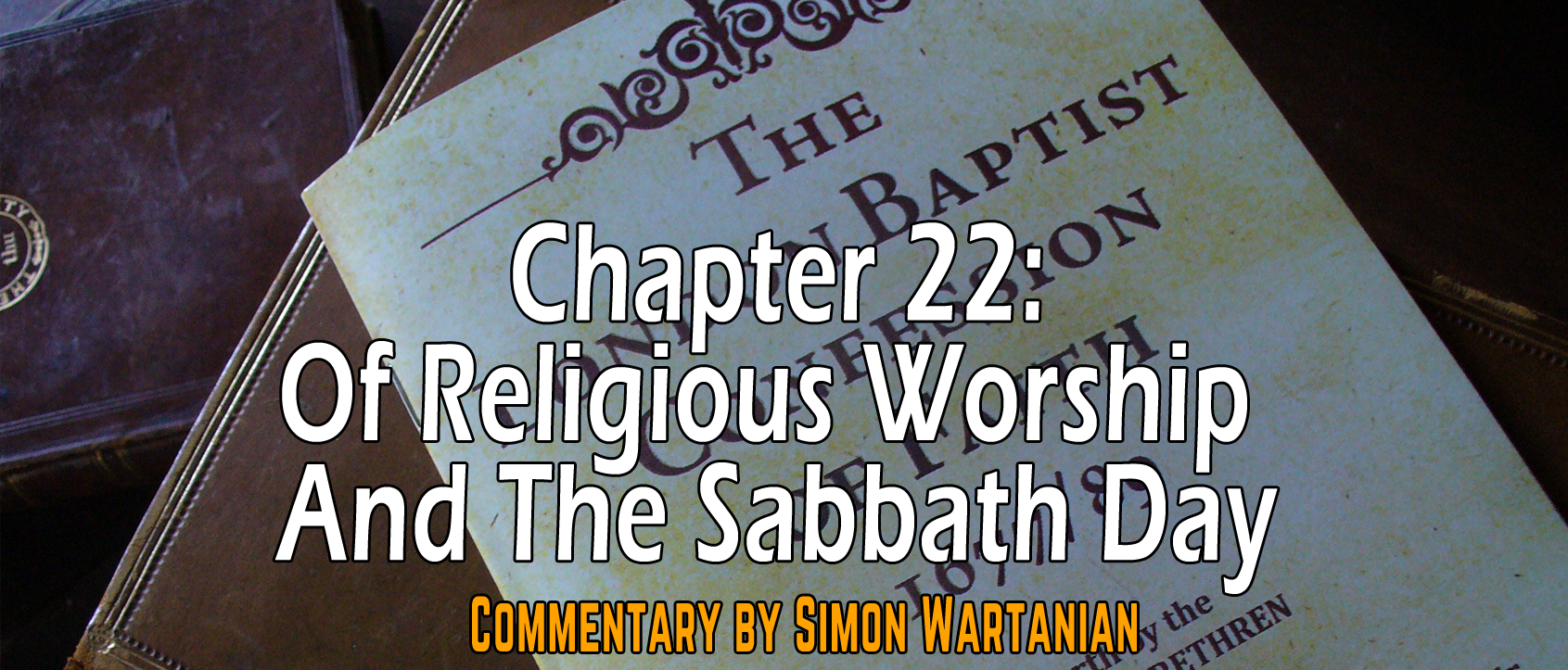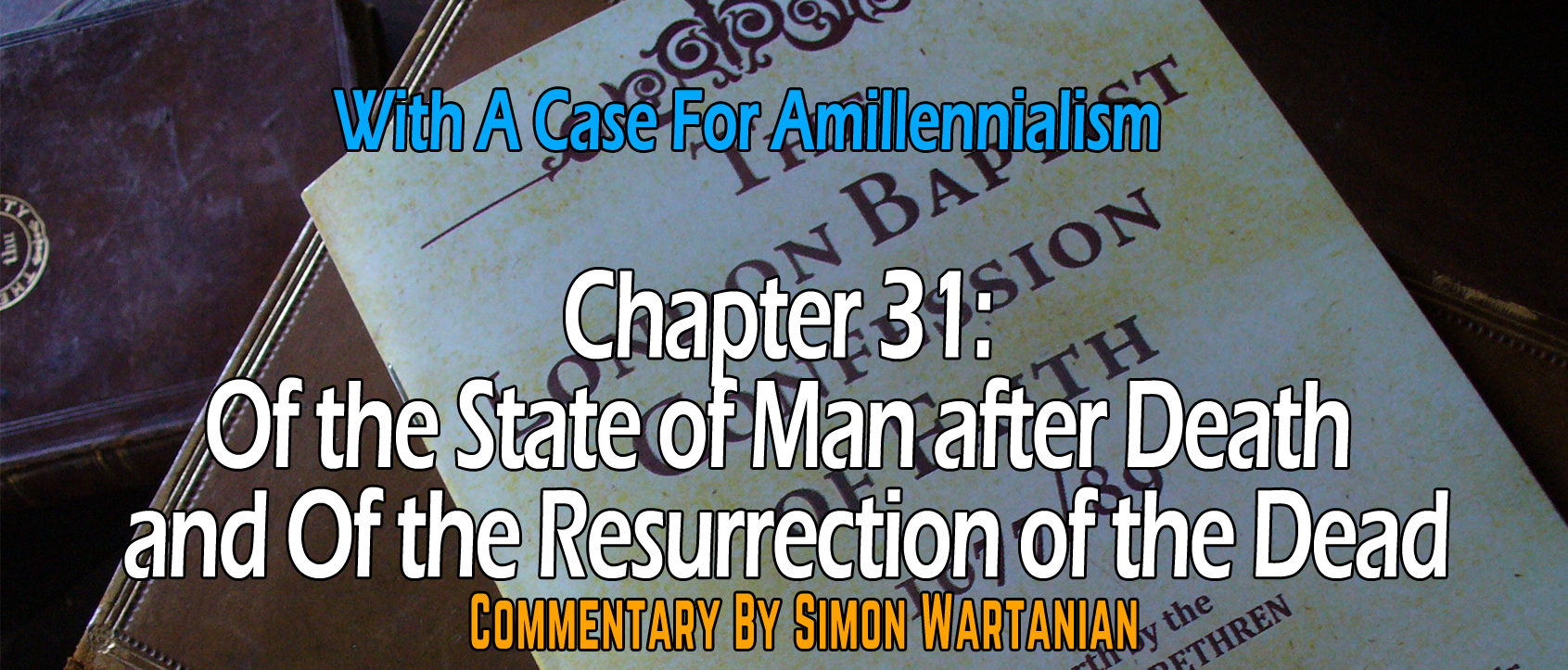The church at Ephesus is described as:
- “the saints who are in Ephesus, and are faithful in Christ Jesus” (Eph. 1:1).
- They are blessed “in Christ with every spiritual blessing in the heavenly places”, they are chosen and predestined to be holy and blameless (Eph. 1:3-6).
The church at Philippi is described as:
- The Epistle is addressed “To all the saints in Christ Jesus who are at Philippi, with the overseers and Deacons” (Phil. 1:1).
- They were partners with Paul in the gospel since day 1 (Phil. 1:5).
- They are assured that God will bring His work in them “to completion at the day of Jesus Christ” (Phil. 1:6).
We could go on, but we will not. While these churches were not perfect, they are still addressed as congregations of true believers. Notice the way in which they are addressed in the letters. They are said to be saints (Rom. 1:7; 1 Cor. 1:2; Eph. 1:1; Phil. 1:1; Col. 1:2). They are said to be called (1 Cor. 1:2). They are said to be faithful (Eph. 1:1; Col. 1:2). They are said to be brothers and sisters (Col. 1:2). They are said to be loved by God (Rom. 1:7). As you will notice, I’ve limited myself to the introductory sections of various epistles. This is the way in which these members of visible churches in various areas are addressed.
What we notice in the names and titles which are given them is that they are considered to be true believers. Paul has not written a letter to “the church at x who do not believe and are still in their sins.” Even when he writes to the Corinthian congregation which he rebukes, he does not call their Christianity into question. He still addresses them as saints—holy ones and set apart for God (1 Cor. 1:2; 2 Cor. 1:1). Even when he speaks to the Galatian church he warns them to remain in the gospel which he preached to them. He is worried about them. He is rebuking them. He is calling them back, but he does not assume that he is writing to a congregation of unbelievers.
This is basically the point which should be clear: the visible or local church is constituted of those who are said to be saints and believers. They are not described as any other than how the universal church is described. They are described as believers as the members of the universal church are described. The next question which we will concern ourselves with is “how do we determine who belongs and who does not?” The answer is in the definition of the visible church as asserted in this paragraph: They are those who are “professing the faith of the gospel, and obedience unto God by Christ.” The church at Corinth is described as “saints together with all those who in every place call upon the name of our Lord Jesus Christ, both their Lord and ours” (1 Cor. 1:2). It is the description of believers as those who call upon the name of the Lord. This is the characteristic of this Messianic age. Joel concludes his promise of the Spirit with, “And it shall come to pass that everyone who calls on the name of the LORD shall be saved” (Joel 2:32). This promise is the conclusion to Peter’s citation of this prophecy on the day of Pentecost (Acts 2:21). It is cited in Romans 10 to substantiate the statement that “if you confess with your mouth that Jesus is Lord and believe in your heart that God raised him from the dead, you will be saved” (Rom. 10:9-13). This calling upon the name of the Lord has both private as well as public components to it...



